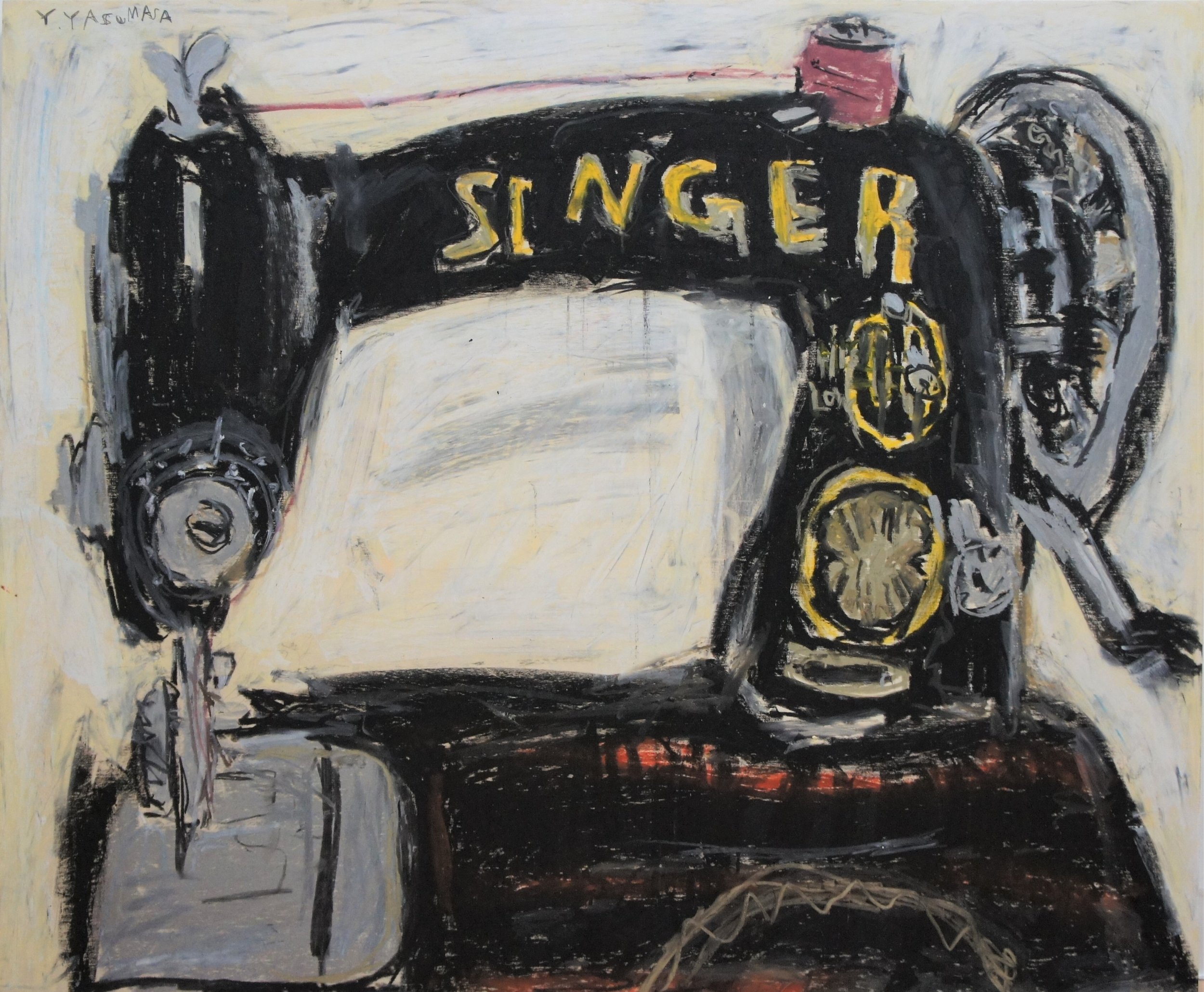
Setten/ Connection: Yasumasa Yoshida
Location: Exhibit Hall
Daily 10:00 AM – 5:00 PM (Hours subject to change during special events.)
Early Closures: https://www.niwa.org/early-garden-closures
About Oil Pastel workshop
(Member $50 / Non-member $60 Admission is included. A simple frame for your finished artwork) 10 tickets per session
You are free to choose your subject matter, whether from images on your smartphone or tablet, small objects, or flowers as references.
All materials and tools will be provided, so you are welcome to attend without bringing anything. If you have any concerns, we recommend wearing clothing suitable for artistic activities.
People of all ages are welcome.
Oil pastel workshop April 4 /10:30 am - 12:30 pm
Japanese Friendship Garden and Museum is pleased to introduce Yasumasa Yoshida is an artist whose work transforms personal challenges into powerful visual expressions. Through his distinct use of oil pastels on MDF wood panels, Yoshida crafts vibrant and evocative pieces that reflect his experiences and surroundings in Japan. He has received numerous awards both domestically and internationally and has held successful solo exhibitions across Japan.
“Since my teenage years, health challenges have made it hard for me to socialize or venture out. Creating art was the only thing I could do at that time. Drawing with oil pastels was my way of staying connected (Setten) to society.
My artwork is crafted exclusively with oil pastels on MDF wood panels, which are made of wood. My work is based on objects I've seen and heard about in my life in Japan as much as my physical condition allows.
Using an expressionist style, I depict distorted or transformed subjects, often focusing on fragments or imperfect details.
To enhance this imperfection, I always incorporate text—letters or kanji—into my work. Unlike Magritte’s ‘This is not a pipe,’ my text doesn’t challenge the connection between form and name. Instead, it adds meaning, reflecting the transformed motifs and becoming an integral part of the expression.”
Yasumasa Yoshida








































